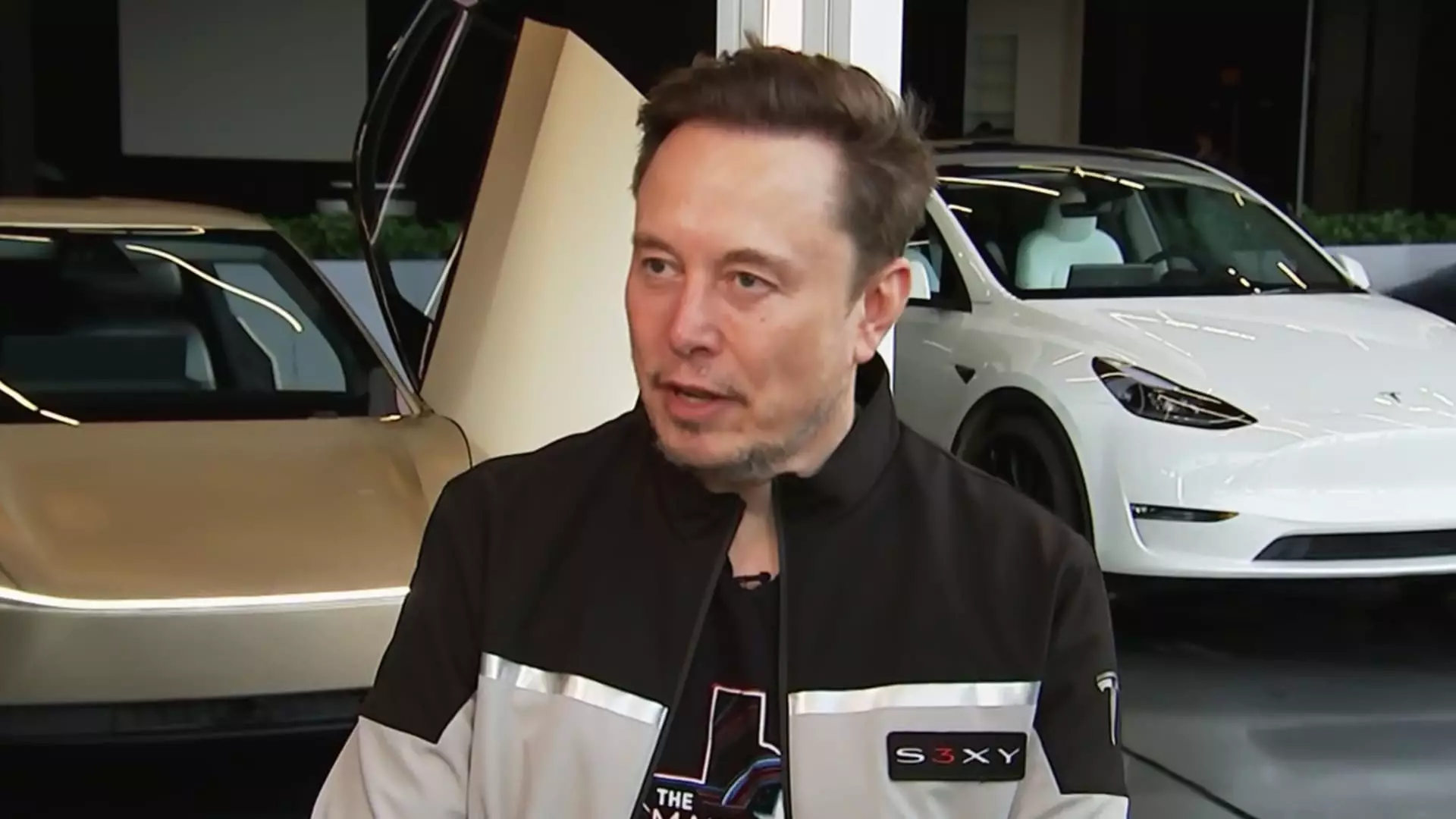In a significant move that could reshape urban mobility, Elon Musk, the CEO of Tesla, has announced the upcoming launch of robotaxi services in Austin, Texas, by the end of June. This bold initiative comes on the heels of Musk’s long-held promise to deliver vehicles capable of operating without human intervention—an ambition that he claims to be just around the corner for the past several years. The implications of such a paradigm shift are enormous, hinting at a future where transportation as we know it could fundamentally alter as self-driving technology gains traction.
Musk’s strategy involves starting with a modest fleet of ten Model Y vehicles equipped with an advanced version of Tesla’s Full Self-Driving (FSD) system, aptly named FSD Unsupervised. Should this initial rollout be successful, the plan is to scale up dramatically, deploying thousands of these autonomous vehicles across urban landscapes. Unlike competitors such as Alphabet’s Waymo, which has ventured into commercial, driverless ride-hailing services in multiple U.S. markets, Tesla’s approach emphasizes a broader integration of artificial intelligence, primarily utilizing camera-based systems over more complex and costly technologies like lidar and radar.
A Calculated Approach to Launch
Musk has taken a methodical stance, stating that the company will initially geofence the robotaxis in Austin, thereby restricting their operational areas to ensure safety and efficiency. This strategy not only minimizes risk but also allows for close monitoring of the fleet’s performance without the need for human safety drivers onboard. With Tesla employees overseeing the vehicles remotely, Musk expresses confidence that the system will become more autonomous as the technology matures and performance data accumulates.
The cautious yet ambitious plan can be interpreted as an effort to rebuild trust. Tesla has faced scrutiny and setbacks, particularly regarding its self-driving promises. The company has been criticized for overestimating timelines and functionality. However, the current strategy reflects a turning point, demonstrating Musk’s recognition of the need for a grounded launch that can adapt and grow based on real-world feedback.
Navigating Political Backlash and Market Challenges
However, it is not just the technical aspects of this venture that Musk must navigate; the political landscape is equally complex. During a recent interview, Musk addressed the potential political ramifications stemming from his role as an advisor to former President Donald Trump, amidst rising concerns about corporate influence in politics. He downplayed the impact of political affiliation on consumer purchasing decisions, questioning the extent to which buyers consider the political views of a CEO when choosing products.
Yet, it cannot be ignored that the connection between business, technology, and politics often has real-life implications for companies operating at Tesla’s scale. With Tesla experiencing a notable decline in electric vehicle sales—a staggering 20% drop in automotive revenue in the first quarter of 2025—the company finds itself at a crossroads. While Musk cites ongoing factory retooling as a primary cause for the decline, the reality of fluctuating demand and scrutiny over his corporate conduct raises questions about the stability and viability of Tesla’s growth trajectory.
Redefining Mobility Through Innovation
One of the most intriguing aspects of Musk’s robotaxi rollout is Tesla’s commitment to using a generalized approach to robotic vehicles as opposed to adhering strictly to existing successful models like Waymo’s. By leveraging a mix of AI, digital neural networks, and ordinary cameras, Musk argues for a more scalable solution to achieving widespread autonomous vehicle deployment.
This philosophy mirrors the broader evolution in the tech industry, where innovative leaps often come from fundamental rethinking of existing paradigms. As Musk continues to lead key companies including SpaceX and xAI, his focus on cultivating technology that fits seamlessly into users’ lives is palpable. The potential for Tesla’s robotaxis to transform human mobility rests on this vision of a smarter, more interconnected transport system.
As Tesla gears up for this exciting new chapter, the stakes are high, not just for the company, but for the future of transportation worldwide. Musk has unwavering confidence in the capabilities of artificial intelligence and its ability to solve complex problems. Whether Tesla can indeed deliver on this vision will not only affect Tesla’s future but could also redefine what it means to travel in an increasingly tech-driven society.


Leave a Reply